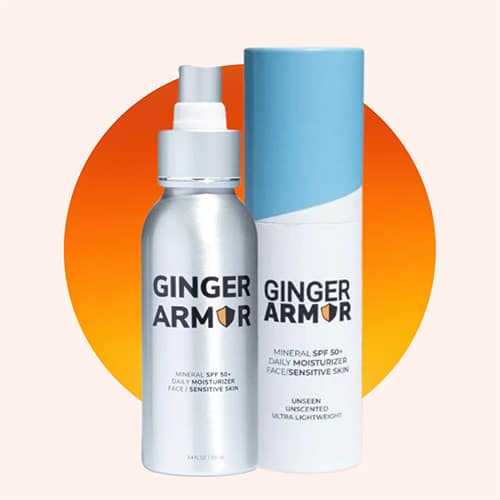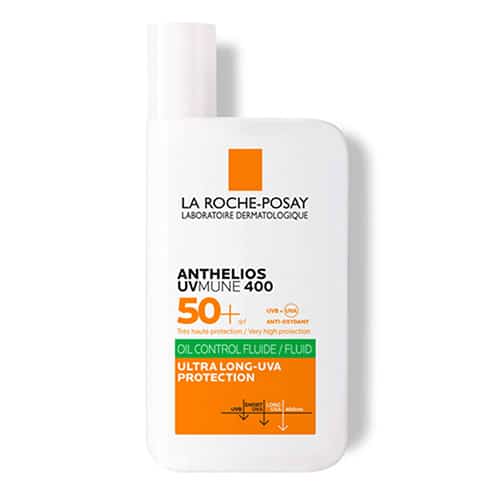Redhead sun protection: Understanding the differences between mineral and chemical sunscreens
June 17, 2024

When it comes to protecting your pale skin from the sun, not all sunscreens are created equal. Understanding the differences between mineral and chemical sunscreens can help you make an informed decision about which type is best for your needs.
Mineral sunscreen:
- Reflective protection: Mineral sunscreen works by creating a physical barrier on the skin’s surface, where ingredients like zinc oxide and titanium dioxide reflect and scatter UV radiation away from your skin.
- Broad-spectrum coverage: Usually provides protection against both UVA and UVB rays, ensuring comprehensive defence against sun damage. Read more about what UVA and UVB rays are
- Skin sensitivity: Ideal for those with sensitive skin, as they are less likely to cause irritation or allergic reactions due to their gentle, non-absorbing nature.
- Environmental consideration: Mineral sunscreens are generally considered reef-safe and environmentally friendly, as they do not contain chemicals that may harm marine ecosystems.
- Easier removal: This could be seen as a negative or positive, but as the product isn’t absorbed by your skin and is instead sitting on top of your skin, it rubs off more easily – so be aware of reapplying frequently, especially after rubbing with a towel or swimming.

Ginger Armor SPF 50+ Mineral Sunscreen & Moisturizer 2-in-1
Chemical sunscreen:
- Absorptive action: Chemical sunscreen contains organic compounds that absorb UV radiation, where ingredients like avobenzone, oxybenzone, and octinoxate penetrate and are absorbed into the skin to provide sun protection.
- Heat conversion: It converts UV radiation into heat within the skin, releasing it from the body and preventing damage.
- Ease of application: This type of product tends to be easier to apply and may offer more lightweight, sheer coverage compared to mineral sunscreens.
- Skin sensitivity: Some individuals with particularly sensitive skin may experience irritation or allergic reactions due to chemical ingredients.

La Roche Posay Anthelios UVmune 400 Oil Control Invisible Fluid
Whatever your reason to choose mineral sunscreen vs chemical sunscreen, always be sure to choose a high SPF, and remember to seek shade as much as possible during the hottest hours of the day (around 11am to 3pm).

